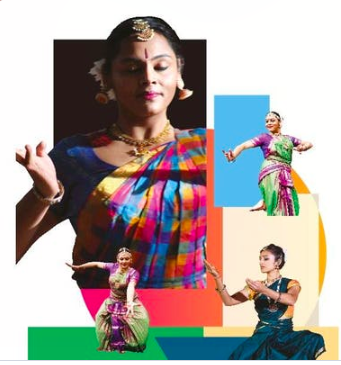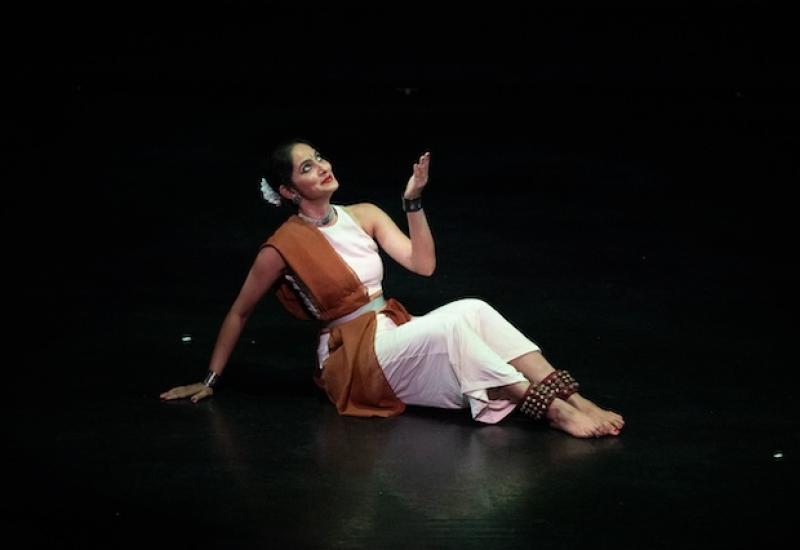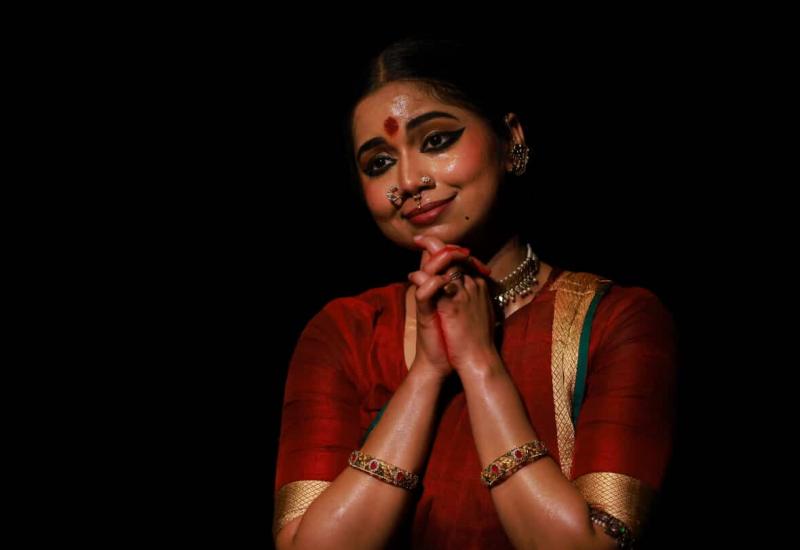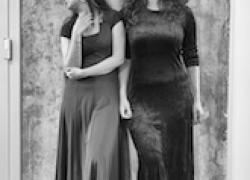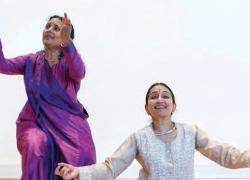Chats Palace Young Dancers Showcase
Chats Palace Young Dancers Showcase
Chats Palace Arts Centre, London
9 July, 2018
Reviewed by Elena Catalano
On Monday 9 July, Chats Palace hosted the second showcase of young bharatanatyam dancers curated by award-winning choreographer Seeta Patel. In addition to Pallavi Anand, Shivaangee Agrawal and Swati Seshadri, this evening presented also a fourth dancer, Anekha Pillai.
The self-organised event was designed to share the work Seeta has done with these dancers in the last few months. The venue, contrary to what the name suggests, was simple and informal, but welcoming and warm, as only these kinds of hidden spaces can feel in a city that otherwise portrays cold glamour and sleekness. In the minimalism of the stage, the sophistication of the dance seemed more genuine, less ostentatious. Beauty married a fresh simplicity. This was reflected in the costumes. Dancers wore practice sarees with matching blouses and a light jewellery set. Without too many layers of silk and pleats, the solid and honed quality of their movements reached the audience’s eye in a straightforward and incisive way.
The first item of the evening was dedicated to Ganesha and was performed by Pallavi, Shivaangee and Anekha. Choreographed by Seeta, this piece proposed an innovative use of bodies and how they can complement each other in dance to create ever-changing visual structures. There was nothing obvious in this, and yet it felt intriguing to watch. The three dancers moving together seemed like a living organism in transformation.
The second item was ‘Nandi Chol’ by Adyar Laksham, performed by Pallavi. The dancer displayed refined skills, an easiness in the complex rhythmic footwork and a serene bright expression. She was definitely on fire and it was a pleasure to watch her dance. Third came ‘Shivoham’ by Rama Vaidyanathan, which was again performed by Pallavi and Anekha. The dancers displayed similar skills, but expressed different qualities, Pallavi watery and Anekha earthy in her movements. While the dance and the dancers were strong, I felt that they could have come more together on stage.
After a strong nritta-based opening, the show brought us into the realm of more internal landscapes. Swati performed ‘Choodare Padam’, an abhinaya exploring the jealousy of the heroine at the sight of another woman attracting her beloved’s attention. With a fine use of the gaze, Swati was able to portray the complex psychological journey of her character.
This piece was followed by Shivaangee’s performance of ‘Kadgola’. In the role of Yasoda, Shivangee coaxed little Krishna to give back the freshly churned butter he had stolen. The dancer portrayed her character with mature intensity and a range of appropriate facial expressions. The highlight of the evening, perhaps because unexpected, was Swati’s singing of ‘Ganamurthi’. Her voice was divine: clear, fresh and sweet like spring water. She then accompanied Seeta’s dancing on ‘Madhuraasthakam.’ The dance here had a sense of maturity and surrendering, almost as if there was nothing to demonstrate. The vocal accompaniment retreated in the background, to allow the senior dancer to take centre stage.
The evening concluded with a scintillating choreography by Seeta, a thillana in Nalinakhanti raga. Seeta’s choreographic signature seems to be about exploring perfectly synchronised asynchrony. To me, it was like watching fireworks on a summer evening. Perhaps this piece needed a little more time to reach its full potential. Nevertheless it did not keep the audience from delight. Young dancers need more of such opportunities to work with peers and seniors and focus on ‘sharing’, rather than ‘demonstrating’ their artistry.

